What is Unique about Kona: Discovering Hawaii’s Treasures
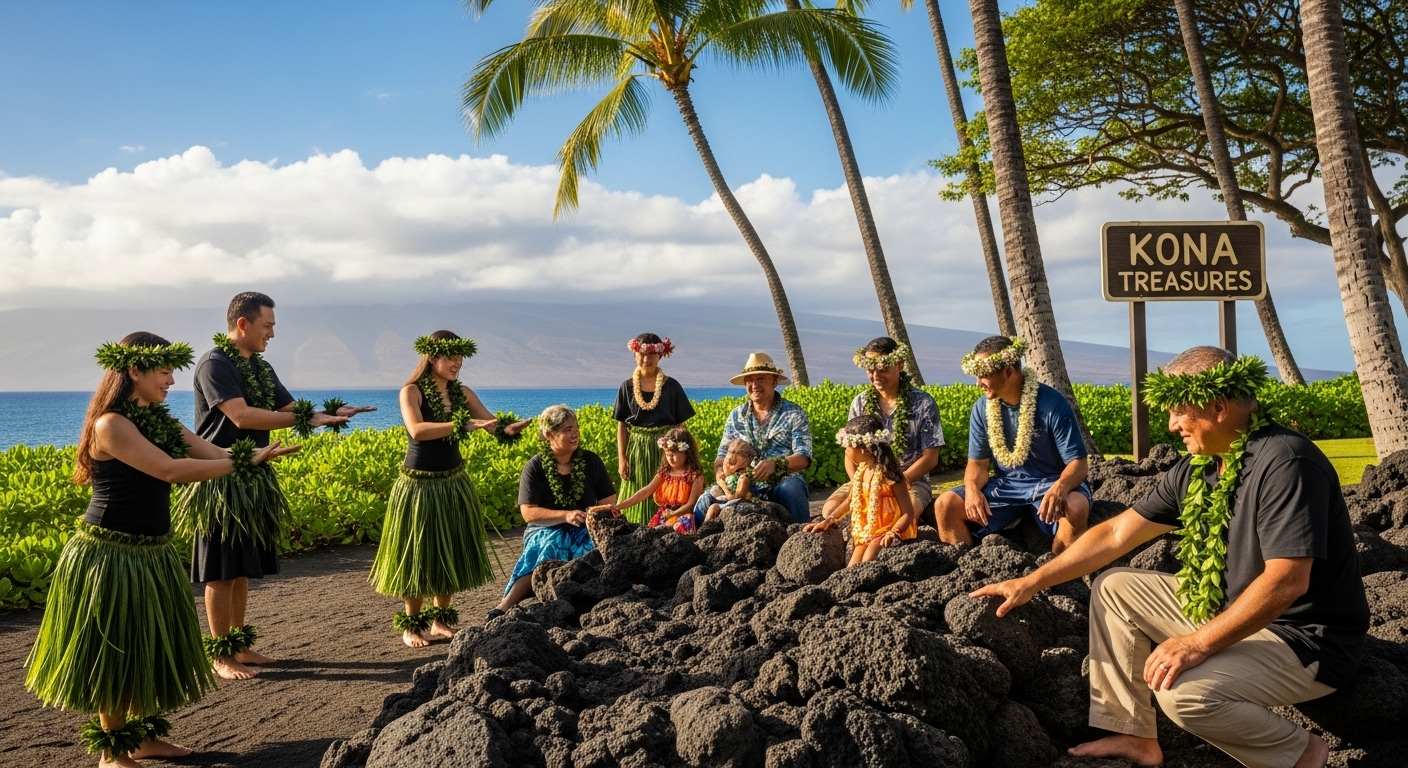
Kona is famous for its sun-soaked beaches and world-class coffee. Yet most people have no idea this region is a living museum of tradition and resilience. In fact, Kona coffee beans can fetch up to $60 per pound, making them some of the most valuable in the world. Tourists think it’s only about relaxation, but the real story runs much deeper, with ancient customs and thriving community spirit shaping every detail of daily life.
Table of Contents
- The Cultural Heritage Of Kona: A Unique Background
- Natural Wonders: Kona’s Volcanoes And Coastline
- Kona Coffee: A Local Product With Global Fame
- Historical Significance: Kona In Hawaii’s History
- Community And Events: The Heartbeat Of Kona
Quick Summary
| Takeaway | Explanation |
|---|---|
| Kona’s culture honors ancient traditions | The region preserves Native Hawaiian rituals, crafts, and languages through ongoing community efforts and education. |
| Kona coffee is a cultural and economic icon | The unique microclimate creates exceptional coffee, representing both heritage and a significant economic driver for local farms. |
| Kona served as a historical political hub | It was the residence of King Kamehameha I, crucial for diplomatic negotiations during the unification of Hawaii. |
| Community events showcase cultural diversity | Local festivals and markets foster economic interactions and celebrate the region’s rich multicultural heritage. |
| Volcanic landscapes shape unique ecosystems | The combination of volcanic and coastal environments in Kona supports diverse biodiversity and ecological systems. |
The Cultural Heritage of Kona: A Unique Background
Kona represents far more than a picturesque Hawaiian destination. This region embodies a profound cultural landscape deeply rooted in Native Hawaiian traditions, geography, and historical significance. Explore the intricate ways Hawaiian culture has been preserved through generations of resilience and connection to the land.
Ancient Cultural Foundations
The cultural heritage of Kona is intricately tied to its geographical positioning along the western coast of Hawaii Island. Indigenous Hawaiians developed sophisticated social structures and practices uniquely adapted to this volcanic landscape. According to the National Park Service, Puʻuhonua o Hōnaunau National Historical Park exemplifies the complex social systems that defined traditional Hawaiian society.
Key cultural aspects of Kona include:
- Preservation of sacred places of refuge (puʻuhonua)
- Traditional fishing and agricultural practices
- Intricate social and spiritual connections to the natural environment
Living Cultural Practices
Modern Kona continues to honor and maintain traditional practices. Local communities actively preserve indigenous knowledge through ongoing cultural education, traditional craft making, and community ceremonies. Practices like hula, traditional navigation techniques, and sustainable land management remain integral to Kona’s cultural identity.
The preservation of Hawaiian language, traditional storytelling, and generational knowledge transfer ensures that Kona remains a living repository of indigenous cultural wisdom. From ancient volcanic landscapes to contemporary cultural celebrations, Kona represents a dynamic intersection of historical legacy and ongoing cultural vitality.
For a clearer overview of Kona’s historical and cultural importance, the table below compares key aspects of ancient and modern Kona as highlighted in the article.
| Aspect | Ancient Kona | Modern Kona |
|---|---|---|
| Cultural Practices | Traditional fishing, agriculture, sacred refuges | Hula, craft making, cultural education, language preservation |
| Social Structure | Sophisticated, with defined spiritual and communal roles | Community focused, emphasizing generational knowledge transfer |
| Economic Activity | Subsistence agriculture and fishing | Coffee cultivation, festivals, markets, tourism |
| Political Role | Residence of King Kamehameha I, political negotiations | Heritage preservation, historical sites |
| External Influences | Limited to Polynesian and neighboring island interactions | Interactions with global visitors and cultures |
Natural Wonders: Kona’s Volcanoes and Coastline
Kona presents an extraordinary geological landscape where volcanic power and oceanic beauty converge. Exploring Hawaiian natural wonders reveals a dynamic environment shaped by millions of years of geological transformation.
Volcanic Landscape and Formation
The region sits on the western slopes of Hualālai and Mauna Loa, two of Hawaii’s most significant shield volcanoes. According to the United States Geological Survey, these volcanoes have created a unique topographical environment characterized by rugged lava flows, diverse microclimates, and incredibly fertile soils.
Key geological characteristics include:
- Volcanic terrain with multiple lava flow generations
- Diverse elevation zones ranging from sea level to mountain slopes
- Rich mineral compositions supporting unique ecological systems
Coastal Ecosystems and Marine Environments
Kona’s coastline represents a complex marine ecosystem with extraordinary biodiversity. The region features protected marine habitats like Kaloko-Honokōhau National Historical Park, where ancient Hawaiian fishing practices and natural marine environments coexist. Coral reefs, marine sanctuaries, and coastal landscapes provide critical habitats for numerous endemic species.
The interaction between volcanic landscapes and marine environments creates remarkable ecological niches.
From black sand beaches formed by volcanic activity to intricate marine ecosystems, Kona demonstrates nature’s profound capacity for creating interconnected and resilient environmental systems. These natural wonders not only showcase geological processes but also represent living landscapes that continue to evolve and inspire wonder.
Kona Coffee: A Local Product with Global Fame
Kona coffee represents more than a beverage. It is a cultural symbol and economic cornerstone of Hawaii’s agricultural heritage. Learn about unique attractions in Kailua-Kona that showcase the region’s remarkable coffee culture.
Origin and Unique Growing Conditions
According to the Specialty Coffee Association of America, Kona coffee derives its extraordinary quality from the region’s exceptional microclimate. The western slopes of Hawaii Island provide perfect conditions: volcanic soil, optimal elevation, and precise rainfall patterns that create an unparalleled environment for coffee cultivation.
Unique characteristics of Kona coffee cultivation include:
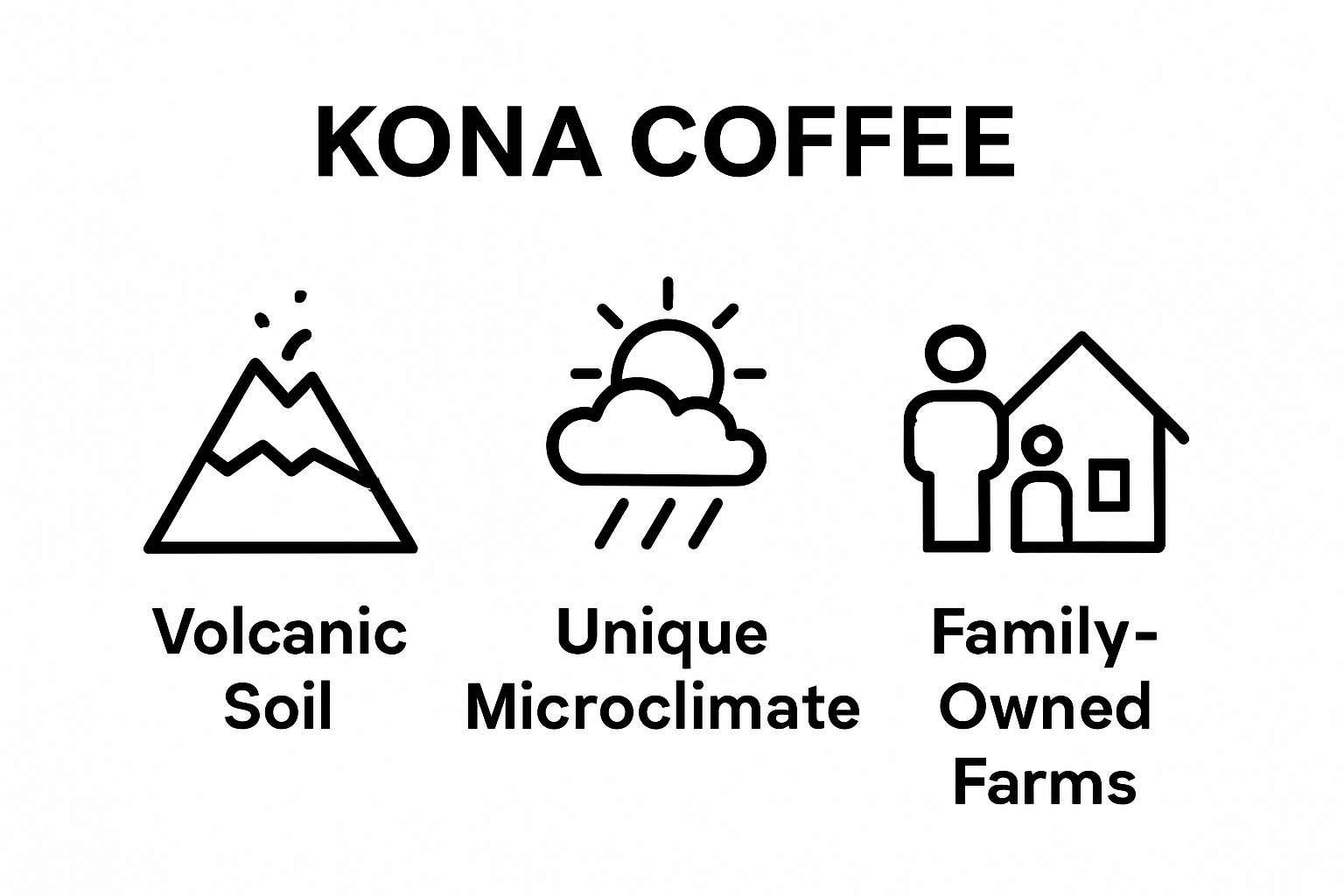
- Steep volcanic slopes between 700 and 2,000 feet elevation
- Consistent morning sunshine and afternoon cloud cover
- Mineral-rich volcanic soil supporting exceptional bean development
Global Reputation and Economic Significance
Kona coffee has earned international recognition for its smooth, rich flavor profile. Small family farms dominate the region, producing beans that command premium prices worldwide. These farms maintain traditional cultivation methods passed through generations, ensuring high-quality, authentic production.
The global coffee market recognizes Kona coffee as a luxury product, with connoisseurs worldwide seeking out these exceptional beans.
To better understand what makes Kona coffee globally distinctive, the following table summarizes the unique environmental conditions and cultivation methods discussed in the article.
| Feature | Description |
|---|---|
| Elevation Range | Grown on volcanic slopes between 700 and 2,000 feet |
| Climate | Consistent morning sunshine with afternoon cloud cover |
| Rainfall | Balanced, ideal rainfall patterns throughout the year |
| Soil Type | Mineral-rich volcanic soil supporting bean development |
| Farm Structure | Dominated by small family farms practicing traditional cultivation methods |
| Global Reputation | Renowned for a smooth, rich flavor; sought by international connoisseurs |
| Economic Value | Beans can fetch up to $60 per pound; considered a luxury, high-value product |
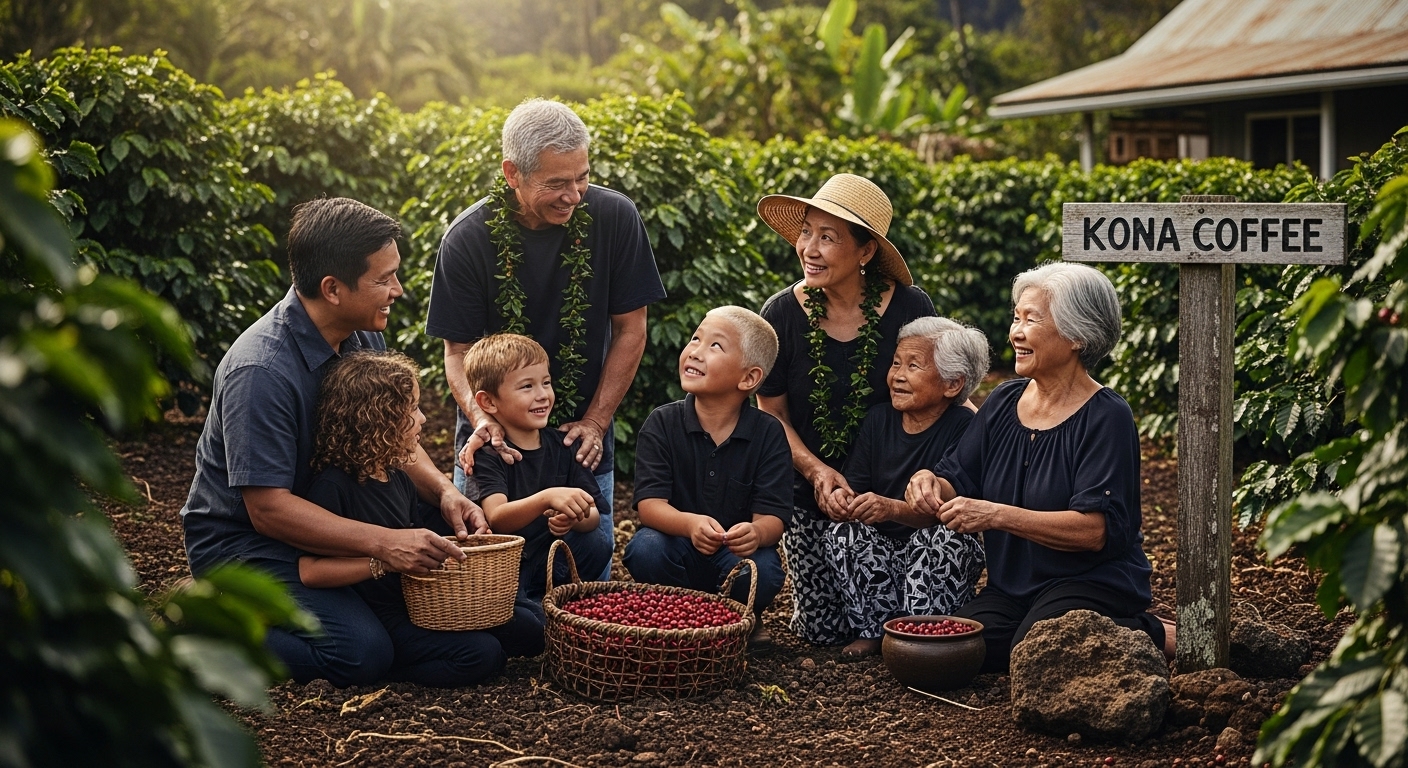
Historical Significance: Kona in Hawaii’s History
Kona stands as a profound historical landscape where cultural transformation and political evolution intersected. Learn about the unique maritime experiences in Kailua-Kona that reflect the region’s rich historical tapestry.
Royal Legacy and Political Transformation
According to the National Park Service, Kona was the strategic residence of King Kamehameha I during the critical period of Hawaiian Island unification. The region served as more than a geographical location it was a political and cultural nexus that witnessed the profound transition from traditional Hawaiian governance to a unified kingdom.
Significant historical milestones include:
- Residence of King Kamehameha I during final years of island unification
- Crucial site for diplomatic negotiations and political strategizing
- Symbolic location representing Hawaiian sovereignty and leadership
Cultural Crossroads and Global Interactions
Kona emerged as a critical point of contact between Native Hawaiian societies and European explorers. The arrival of Western traders, missionaries, and settlers dramatically transformed the region’s social and economic landscapes. These interactions brought significant technological, religious, and cultural exchanges that reshaped Hawaiian society.
The historical significance of Kona extends beyond its immediate geographical boundaries. It represents a microcosm of Hawaiian resilience, adaptation, and complex intercultural dynamics that continue to define the islands’ narrative of transformation and survival.
Community and Events: The Heartbeat of Kona
Kona’s community spirit pulses through its vibrant local events and cultural celebrations that showcase the region’s deep-rooted traditions and contemporary energy. Read about extraordinary local experiences that capture the essence of Kona’s community dynamism.
Cultural Festivals and Traditions
According to the Hawaii Tourism Authority, Kona hosts numerous events that celebrate the region’s rich multicultural heritage. These gatherings range from traditional Hawaiian festivals to contemporary cultural showcases that bring together diverse community members and visitors.
Key community events include:
- Annual Kona Coffee Cultural Festival
- Hawaii Island Festival highlighting local music and arts
- Traditional Hawaiian cultural demonstrations and performances
Economic and Social Connectivity
Local events serve as more than entertainment they are critical platforms for economic interaction and social cohesion. Farmers markets, craft fairs, and community gatherings provide spaces where local entrepreneurs, artisans, and residents can connect, share experiences, and sustain traditional economic practices.
The community-driven nature of Kona’s events reflects a profound commitment to preserving cultural identity while embracing contemporary innovations. From small neighborhood gatherings to large-scale festivals, these events demonstrate how Kona maintains its cultural integrity through active community participation and shared experiences.
Experience the Treasures of Kona Like Never Before
Have you ever wished you could witness the volcanic coastline, lush coffee farms, and living Hawaiian legends without missing a single detail? The article revealed how Kona’s rich culture, ancient history, and vibrant events make it truly one-of-a-kind. But travelers often struggle to deeply experience the spirit and beauty of Kona in just a short visit.
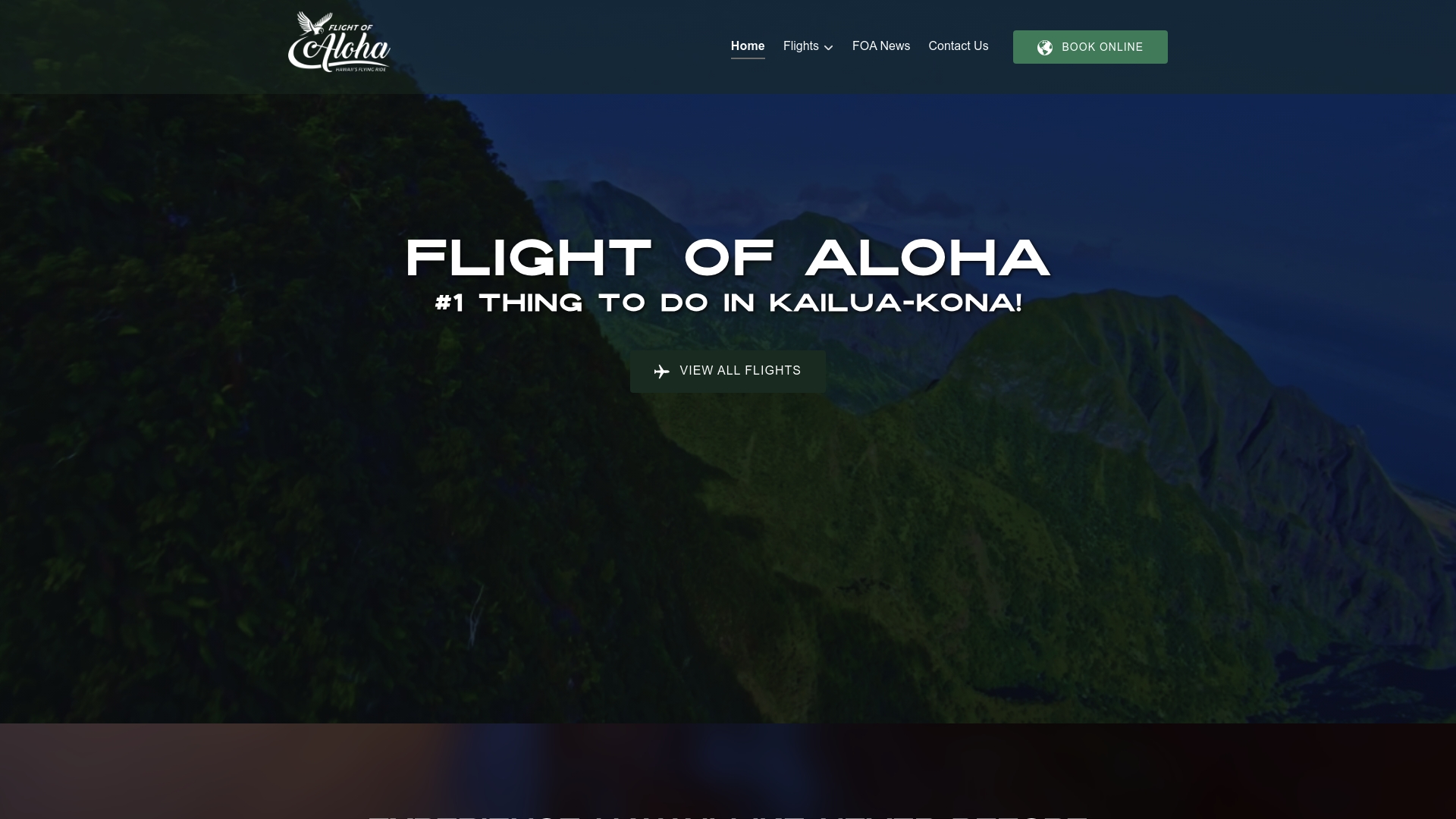
Now you can soar above these heritage sites and natural wonders with Flight of Aloha, where breathtaking 8K visuals, motion effects, and authentic scents bring stories like the Naupaka legend and Kona’s coffee lands to vivid life. Feel the pulse of Kona’s community, dive into its historical legacy, and get closer than ever to the treasures discussed in the article.
Secure your ticket now for an unforgettable adventure that complements your exploration of Kona’s uniquely Hawaiian experiences. Visit Flight of Aloha today and claim your front-row seat to Hawaii’s most immersive cultural journey—it is the perfect way to embrace everything that makes Kona extraordinary.
Frequently Asked Questions
What are the cultural practices unique to Kona?
Kona’s cultural practices include traditional fishing and agricultural techniques, the preservation of sacred places of refuge, and the ongoing education of indigenous knowledge through hula and community ceremonies.
What makes Kona coffee special compared to other coffees?
Kona coffee is renowned for its unique flavor profile, which is attributed to the perfect microclimate of volcanic soil, optimal elevation, and precise rainfall patterns that contribute to its exceptional quality.
How does the geography of Kona influence its natural environment?
Kona’s geographical positioning along the western coast of Hawaii Island provides a diverse topography, including volcanic terrains and rich marine ecosystems that support unique ecological systems and biodiversity.
What historical significance does Kona hold in Hawaiian history?
Kona was the residence of King Kamehameha I during Hawaii’s unification, serving as a political and cultural nexus and marking key moments in the transition of governance in the islands.
